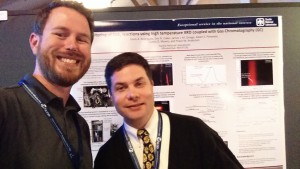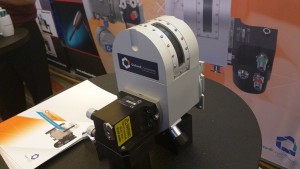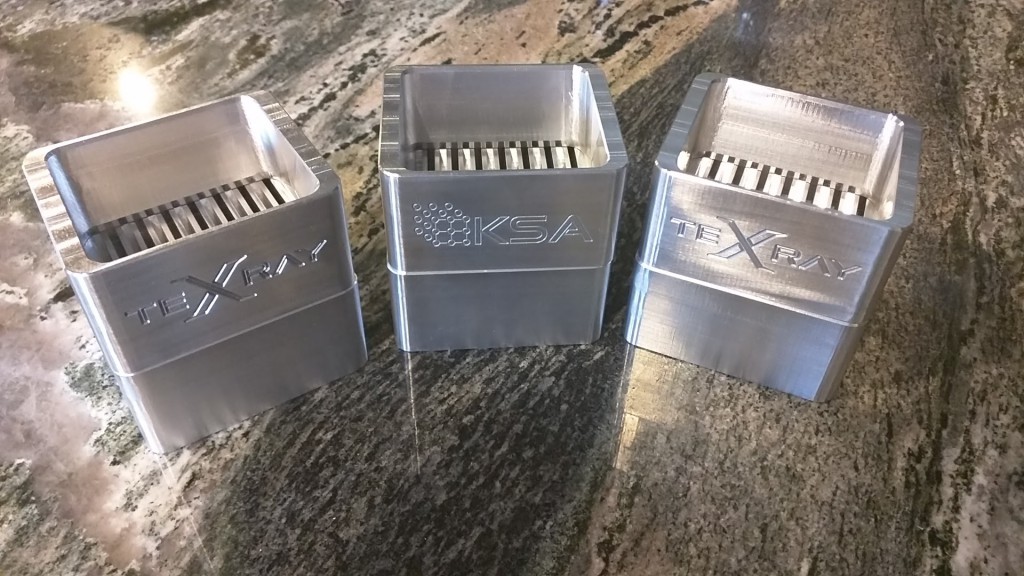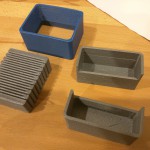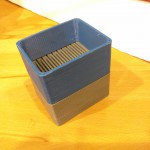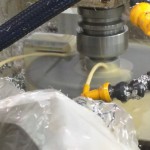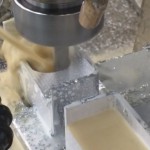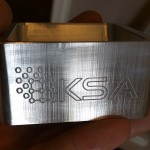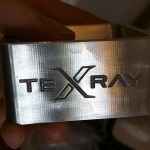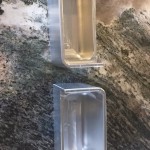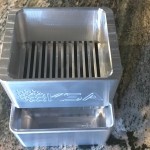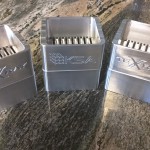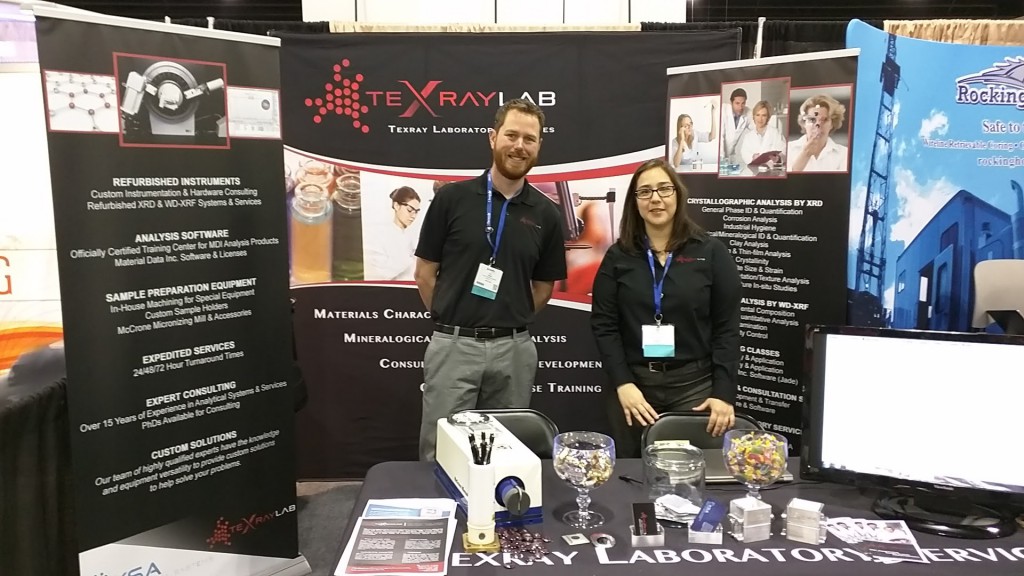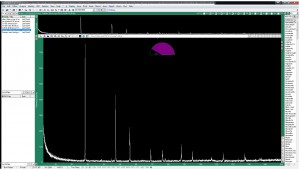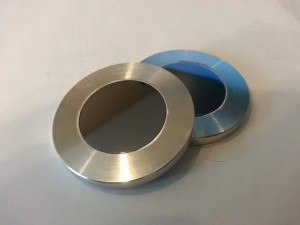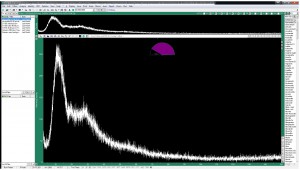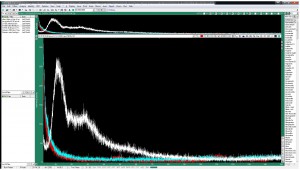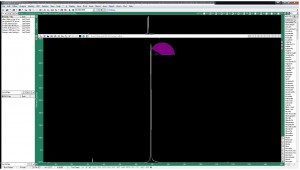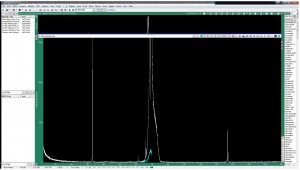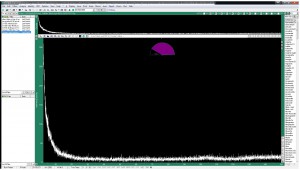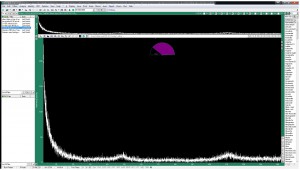Every once in a while we get a call for components destined for custom equipment. NIST has built some extremely precise XRD instrumentation from various base components. These are operated in highly controlled environments to qualify certified reference materials (CRM). Some of our other clients have built much more proprietary, but no less impressive systems which I’d love to show in detail if the designs weren’t closely guarded intellectual property.
One of the most interesting and exciting projects we’ve seen recently is the hard-xray monochromator system developed by Dr. Gerald Seidler of University of Washington and his colleagues. The instrument itself has myriad applications, but the general idea is that many experiments which currently require synchrotron time can be performed in a laboratory setting. We’ve worked on other projects like this which were meant more qualification systems to avoid wasting synchrotron time if the experiment didn’t actually require it, but Dr. Seidlers instrument is geared toward bringing XAFS, XES and XANES right into the lab setting. Read the full paper here.

